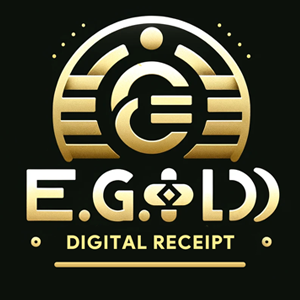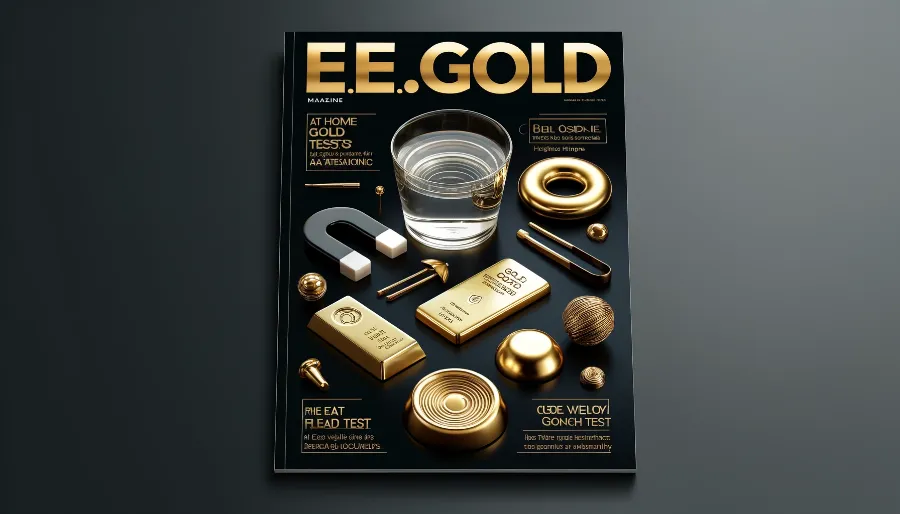
Gold has been a symbol of wealth and value for centuries. Whether you’ve inherited jewelry, purchased gold coins, or are curious about the authenticity of your gold bar, knowing how to test gold at home is an invaluable skill. Fortunately, you don’t need expensive tools or a professional jeweler to verify your gold’s authenticity. With a few simple items commonly found at home, you can perform effective gold tests in minutes. In this guide, we’ll explore various at-home gold tests, how they work, and their pros and cons.
Why Test Gold at Home?
Testing gold at home is a quick and cost-effective way to verify whether your gold is real or counterfeit. Whether you’re preparing to sell gold, make a new purchase, or simply ensure the authenticity of a piece, at-home testing methods allow you to save time and money. While these methods are not as precise as professional tests, they provide a reliable starting point for identifying fake gold.
At-Home Gold Tests You Can Perform
Here are the most popular and reliable methods to test gold at home:
1. The Magnet Test
- How It Works: Gold is non-magnetic, meaning it won’t be attracted to a magnet.
- What You Need: A strong magnet.
- Steps:
- Hold the magnet close to your gold item.
- Observe if the item is attracted to the magnet.
- Results: If the item is attracted to the magnet, it’s likely not real gold. Real gold will remain unaffected.
2. The Float Test
- How It Works: Real gold is dense and will sink in water, while fake or gold-plated items may float.
- What You Need: A glass of water.
- Steps:
- Fill a glass with water.
- Drop the gold item into the water.
- Results: If the gold sinks immediately to the bottom, it’s likely real. Floating or slow sinking may indicate fake gold or gold-plated items.
3. The Vinegar Test
- How It Works: Gold does not react to acids, so it won’t tarnish or discolor when exposed to vinegar.
- What You Need: White vinegar and a small container.
- Steps:
- Submerge the gold item in vinegar.
- Let it sit for 15–20 minutes.
- Rinse and observe.
- Results: If the item remains unchanged, it’s likely real gold. Discoloration or corrosion suggests it’s fake.
4. The Ceramic Scratch Test
- How It Works: Real gold leaves a golden streak, while fake gold may leave black or green marks.
- What You Need: An unglazed ceramic tile or plate.
- Steps:
- Rub the gold item across the ceramic surface.
- Observe the streak it leaves.
- Results: A golden streak indicates real gold. A black or green streak suggests it’s fake.
5. The Bleach Test
- How It Works: Bleach oxidizes base metals, while real gold remains unaffected.
- What You Need: Household bleach.
- Steps:
- Apply a small drop of bleach to an inconspicuous area of the gold item.
- Observe the reaction.
- Results: No reaction means the item is likely real gold. Tarnishing or discoloration indicates it’s fake.
6. The Density Test
- How It Works: Gold has a specific density of 19.3 g/cm³, which is unique and can help verify authenticity.
- What You Need: A scale, a measuring container, and water.
- Steps:
- Weigh your gold item.
- Submerge it in a container of water and measure the displaced volume.
- Divide the weight by the displaced volume to calculate density.
- Results: If the density is close to 19.3 g/cm³, the item is likely real gold.
Tips for Accurate Testing
- Clean Your Gold: Ensure the item is clean and free of dirt or oils that may affect the results.
- Test Multiple Times: Use more than one method to confirm your results.
- Choose Small Areas: For scratch or chemical tests, choose inconspicuous spots to avoid visible damage.
Limitations of At-Home Gold Tests
While home tests are convenient, they have some limitations:
- Accuracy: These tests can’t determine the purity of gold (e.g., 24K vs. 18K).
- Risk of Damage: Some tests, like the scratch or bleach test, may damage gold-plated or delicate items.
- Not Foolproof: High-quality counterfeit gold may pass some at-home tests.
For high-value items, professional testing is always recommended.
When to Seek Professional Testing
Consider seeking professional testing if:
- The gold item has significant value.
- You’re preparing to sell or insure the gold.
- You need an official certificate of authenticity.
Professional methods, such as X-ray fluorescence (XRF) or acid testing, provide precise and reliable results.
The Future of Home Gold Testing
With advancements in technology, home gold testing is becoming even more accessible and reliable. Smartphone apps, portable gold testers, and digital tools now offer more accurate ways to verify gold’s authenticity without visiting a jeweler. As these innovations become more affordable, testing gold at home will continue to gain popularity.
Frequently Asked Questions About At-Home Gold Testing
1. Can I trust at-home gold tests?
Yes, they are reliable for basic authenticity checks but may not detect purity levels or advanced counterfeits.
2. Which is the easiest home test for gold?
The magnet test and float test are the simplest and require minimal tools.
3. Can gold-plated items pass home tests?
Some gold-plated items may pass certain tests, such as the float test, but fail others like the scratch or density test.
4. Are these tests safe for all gold items?
Yes, but chemical tests like bleach or vinegar should be used sparingly on delicate or antique pieces.
5. What’s the most accurate home test?
The density test is the most accurate but requires precise measurement tools.
Final Thoughts: Why Test Gold at Home?
Testing gold at home is a convenient way to ensure your investment’s authenticity without visiting a professional. While these methods aren’t foolproof, they provide a quick and affordable solution for identifying counterfeit gold. By combining multiple tests and following the tips in this guide, you can confidently verify your gold’s authenticity and protect your investment. For high-value items or precise purity measurements, always consult a professional jeweler or precious metals expert.
NOTE
This Content is the copyrighted content of EE.GOLD. All rights are reserved. You are welcome to share or use our content only by including direct links to our website. Any other form of reproduction, distribution, or use without proper attribution is strictly prohibited.
This Content is intended solely for educational purposes. The information provided does not constitute financial or investment advice.
Please note that Digital Storage Receipt, Secure Storage Solutions, and Physical Gold Sales are the only services offered by EE.GOLD.
We strictly adhere to government regulations and are firmly against all illegal financial or investment activities globally.
For further inquiries, feel free to contact us through our official channels.

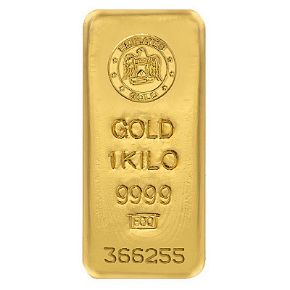
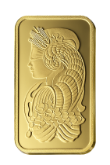



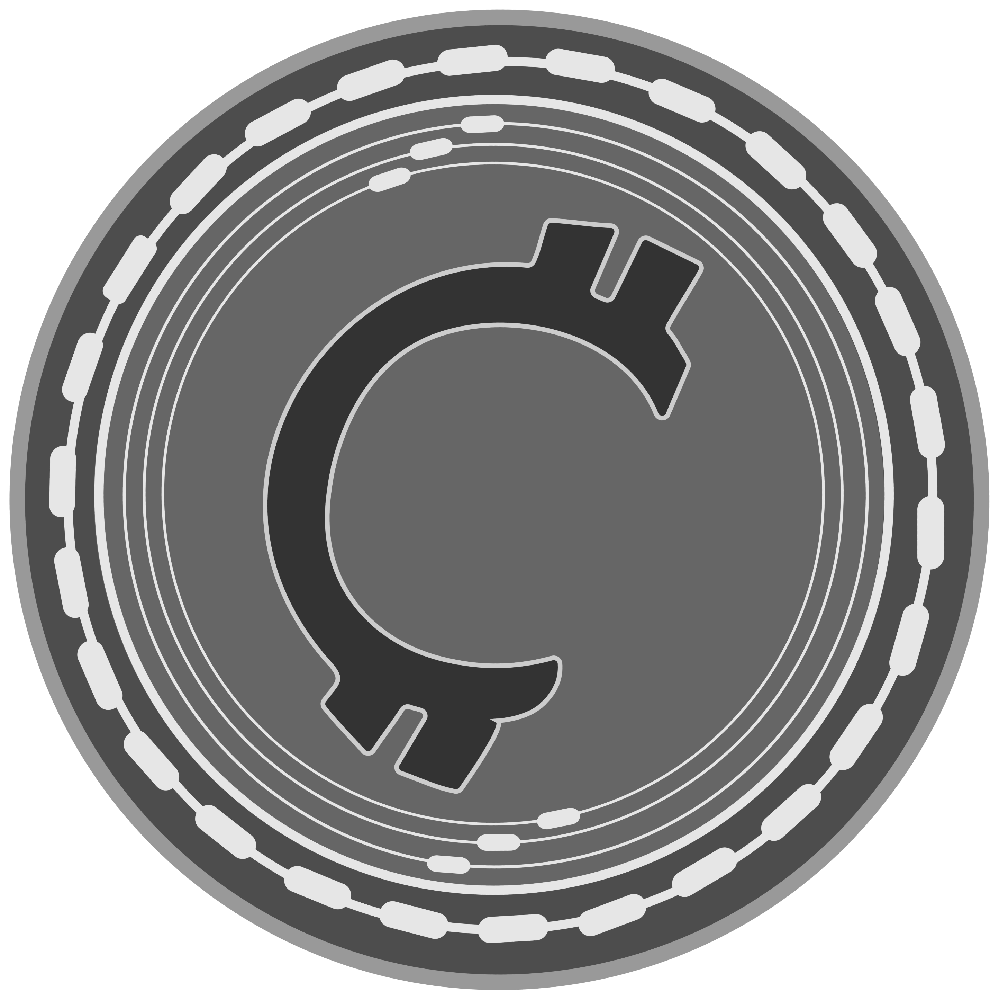

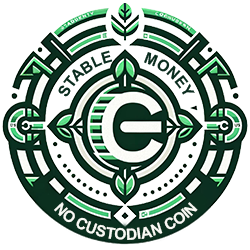

.png)

